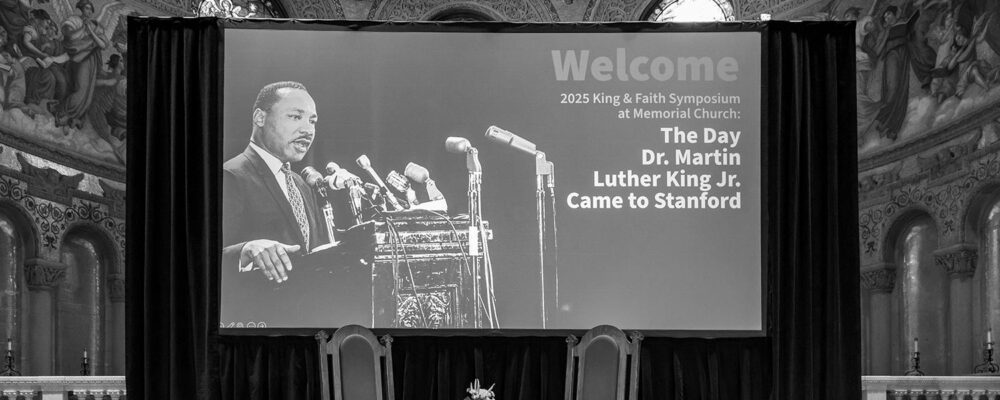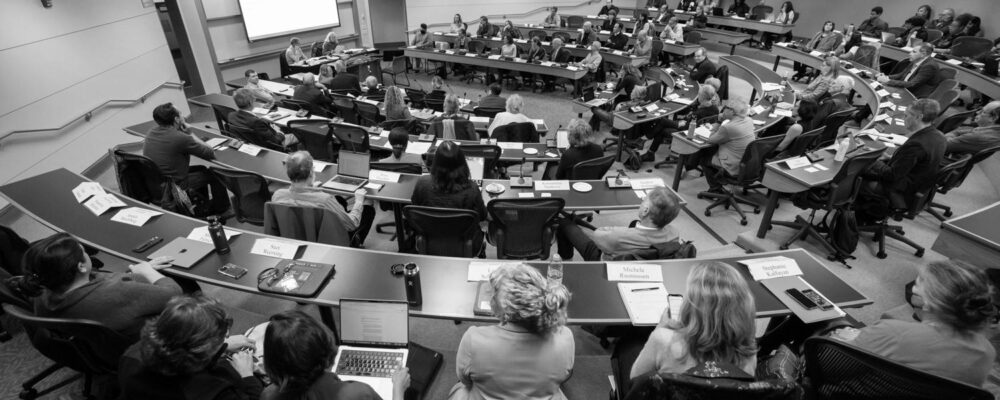Cyprus CEO Summary:
In the late 1940s, a pivotal debate unfolded between Vannevar Bush and Harley Kilgore regarding science funding and education in America. Bush championed elite university labs and commercializing discoveries, while Kilgore advocated for broader scientific literacy and public officials setting research priorities. The National Science Foundation was established, mainly following Bush’s arguments. However, during the pandemic, the importance of public scientific knowledge became evident, challenging Bush’s vision. Digital education, exemplified by Stanford’s approach, seeks to balance mass education with talent identification, bridging the gap between Kilgore’s democratic ideals and Bush’s meritocratic vision.
In the late 1940s a fierce debate raged between two leaders of science that continues to have profound implications for the American education system — and may reveal the potential for digital education to support its progress.
On one side was Vannevar Bush, a legendary MIT professor and administrator who led the federal government’s World War II scientific research program that invented radar and initiated the Manhattan Project. (He is played by Matthew Modine in the new film about Robert Oppenheimer, as one of the few scientists who defended Oppenheimer when his security clearance was being revoked.) Bush believed science funding should support excellence and be granted to “the best and the brightest” at elite university labs. The benefits of scientists’ work would flow to the rest of the society by commercializing their discoveries and innovations and turning them into consumer products. The goal of science education should be to identify and train future academic scientists.
On the other side of the debate was Harley Kilgore, a senator from West Virginia and chair of the wartime Congressional committee on science policy. A populist and a New Dealer, Kilgore believed that national investments in science should extend scientific literacy to all Americans. A presidential political appointee, not academic researchers themselves, should set scientific priorities to ensure research addressed the pressing problems facing society.
After years of Washington, DC, wrangling, the National Science Foundation was established in 1950 based largely on the arguments Bush made in his essay, “Science, the Endless Frontier.” The National Science Board and panels made up of academic researchers, not public officials, would make the most significant decisions at NSF. But, as Rush Holt argues in the preface to a new edition of this classic, the decision was not without its costs. Writing during the pandemic, Holt, a scientist and former member of Congress, pointed out that Covid vaccines were developed in record time through Bush-inspired world-class biotech. But despite such a triumph of science, the anti-vaxxer movement still managed to persuade 1 in 5 Americans not to take them.
This self-inflicted tragedy, which resulted in hundreds of thousands of preventable deaths, would have surprised Bush and his allies, whose focus was on the brilliant minds who invent and discover. But Kilgore and his supporters anticipated that a modern society requires an educated citizenry, equipped to make evidence-based decisions as voters and in every area of life. During the pandemic, basic scientific knowledge was necessary to protect ourselves, our families, and our communities through herd immunity. Elite science, it turned out, offered no protection against the scourge of politicized health misinformation.
Education is the only vaccine that protects against ignorance. And digital education offers the potential to balance the democratic ideal of mass knowledge diffusion and the meritocratic ideal of identifying and cultivating talent. Stanford Digital Education’s college-in-high-school courses, offered with the National Education Equity Lab, don’t pluck the best students from their schools to send them elsewhere to take college courses. That all too common “creaming” model alienates teachers and schools and harms fellow students, who miss out on the learning that comes from high-achieving peers.
Instead, our model embeds courses within low-income Title I schools to teach a cohort of students who take the course together with a local teacher, with Stanford faculty and teaching fellows serving as online co-instructors. Our goal is to lift up not only individual geniuses but whole classes, schools, and communities. Our professional development for teachers, provided alongside the learning for students, leaves them with capabilities that pay dividends long after the quarter ends. All this is part of a growing recognition that even private universities have public responsibilities, and Stanford can widen its educational impact on society through technology. These are the democratic educational principles of Kilgore.
At the same time, our courses are now more than ever a critical part of the talent pathways that motivated Bush. With the loss of affirmative action in the Supreme Court, higher education needs to innovate in the system of talent identification and recruitment. New research from Johns Hopkins University shows that Equity Lab courses increase the likelihood that high-performing, low-income students will move out of state for college, a crucial factor in extending college opportunities to those at risk of “undermatching.”
Can we get better at identifying talented students while simultaneously democratizing education for all? Digital learning embedded in low-income high schools takes a step toward reconciling the competing viewpoints of Kilgore and Bush — and might even bring us closer to balancing the virtues of democracy and meritocracy.
Matthew Rascoff is vice provost for digital education at Stanford.
“Stanford University, officially Leland Stanford Junior University, is a private research university in Stanford, California. The campus occupies 8,180 acres, among the largest in the United States, and enrols over 17,000 students.”
Please visit the firm link to site






